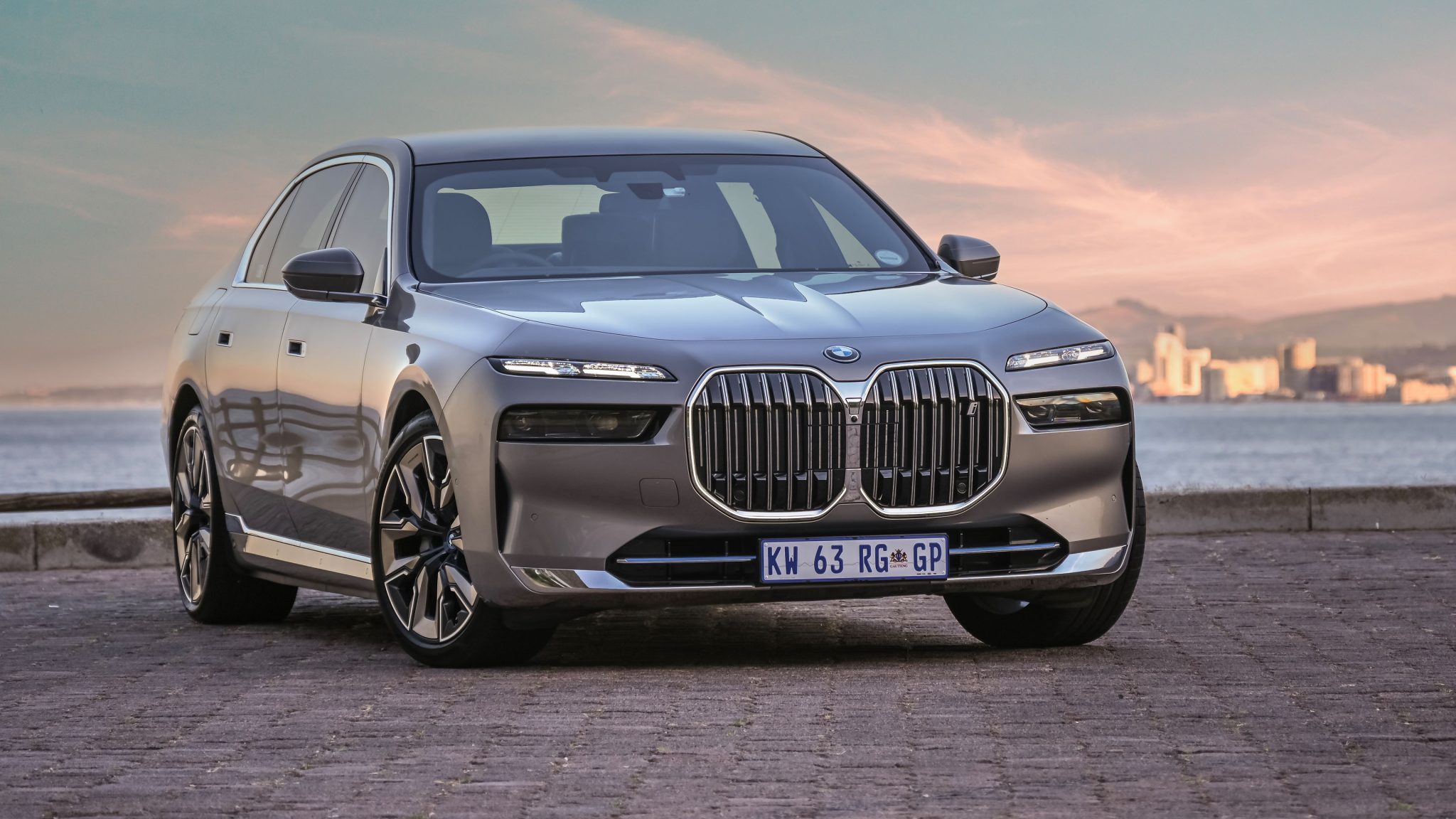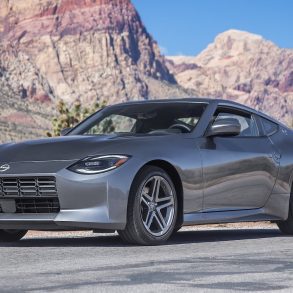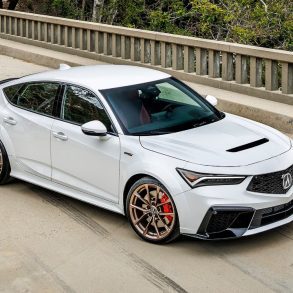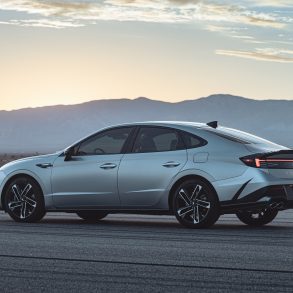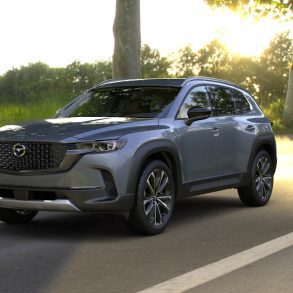BMW Sales Data, Trends & Analysis for the European Automotive Market
BMW sales in Europe have risen from 2009 to 2011 and then stabilized until 2013 before continuing their growth again, setting a new volume record in 2016. BMW’s market share has kept on rising every year since 2009, for a total gain of over 2.5 percentage points. The introduction of the BMW X1 small crossover in 2009 has added over 500,000 sales to the brand’s total and its second generation, launched late 2015, became the brand’s best seller in January 2017. Its bigger brother X3 has seen its sales slide from its peak in 2012 and will need an update soon as the competition has grown stronger in that segment.
New generations of the brand’s best selling cars, the BMW 1-series in 2011 and 3-series in 2012 have helped the brand from Munich to offset declining sales of its large SUVs X5 and X6 during that period until the latter two were replaced in 2014 and 2015, followed by the limousine BMW 7-series in 2016. Successful expansion of its line-up did the rest, with the 2-series Active Tourer, its first MPV and its first front-wheel drive car, but also the 2-series coupe and convertible, the 4-series coupe, convertible and Gran Coupe 4-door and the X4 crossover. BMW has also invested heavily in green technology and alternative drivetrains too.
Overall, BMW Europe sales (excluding the UK) have been increasing in recent years. The company is benefiting from a number of factors, including the introduction of new models, partnerships with other automakers, and its focus on electrification. BMW is planning to expand its electric vehicle lineup in the coming years, and the company is confident that it can continue to grow its sales in Europe (excluding the UK).
BMW Europe Sales Figures & Recent Highlights
BMW Europe sales figures (excluding the UK) have been increasing in recent years. In 2020, BMW sold 773,000 cars in Europe (excluding the UK). In 2021, BMW sales in Europe (excluding the UK) rose to 814,000 cars. And in 2022, BMW sales in Europe (excluding the UK) increased further to 855,000 cars.
SUVs are the fastest-growing segment of the automotive market, and BMW offers a number of popular SUVs, such as the X3, X5, and X7. BMW has introduced a number of new models in recent years, such as the BMW iX and the BMW i4. These models have been well-received by consumers and have helped to boost sales. BMW is investing heavily in electrification. The company plans to launch several new electric vehicles in the coming years, including the BMW i7.
BMW’s biggest market in Europe (excluding the UK) is Germany, where it sold 280,000 cars in 2022. France is the second-biggest market, with sales of 90,000 cars. Italy is the third-biggest market, with sales of 70,000 cars. BMW’s best-selling model in Europe (excluding the UK) is the X3 SUV, with sales of 150,000 cars in 2022. The 3 Series sedan is the second-best-selling model, with sales of 100,000 cars. The 5 Series sedan is the third-best-selling model, with sales of 80,000 cars.
BMW is a luxury car brand that is known for its performance and handling. The company has a strong brand image and a loyal customer base. BMW is well-positioned for continued growth in the European market.
BMW Annual Sales, Growth & Market Share in Europe
Below we have a table that shows total BMW sales volumes for the European automotive market, broken out by year since 2004. This data captures all BMW vehicle sales for the entire European automotive market.
| Year | Sales | YOY Change | Marketshare | Marketshare Change |
|---|---|---|---|---|
| 1997 | 397,874 | 0.00 | 4.81 | 0.00 |
| 1998 | 415,930 | 4.54 | 4.39 | -9.63 |
| 1999 | 458,912 | 10.33 | 4.05 | -8.45 |
| 2000 | 479,195 | 4.42 | 4.09 | 1.06 |
| 2001 | 506,619 | 5.72 | 4.08 | -0.36 |
| 2002 | 507,362 | 0.15 | 4.06 | -0.57 |
| 2003 | 507,203 | -0.03 | 4.04 | -0.47 |
| 2004 | 605,647 | 19.41 | 4.34 | 7.04 |
| 2005 | 691,840 | 14.23 | 4.96 | 12.50 |
| 2006 | 704,457 | 1.82 | 5.11 | 2.87 |
| 2007 | 712,383 | 1.13 | 5.15 | 0.88 |
| 2008 | 678,808 | -4.71 | 5.27 | 2.16 |
| 2009 | 571,952 | -15.74 | 4.34 | -21.27 |
| 2010 | 609,783 | 6.61 | 4.82 | 9.88 |
| 2011 | 649,066 | 6.44 | 5.16 | 6.54 |
| 2012 | 640,034 | -1.39 | 5.64 | 8.62 |
| 2013 | 638,770 | -0.20 | 5.64 | -0.16 |
| 2014 | 671,701 | 5.16 | 5.57 | -1.11 |
| 2015 | 743,200 | 10.64 | 5.76 | 3.30 |
| 2016 | 816,335 | 9.84 | 5.89 | 2.22 |
| 2017 | 822,902 | 0.80 | 5.67 | -3.95 |
| 2018 | 814,791 | -0.99 | 5.69 | 0.30 |
| 2019 | 812,800 | -0.24 | 5.51 | -3.20 |
| 2020 | 659,333 | -18.88 | 5.88 | 6.25 |
| 2021 | 654,232 | -0.77 | 5.91 | 0.48 |
| 2022 | 592,145 | -9.49 | 5.76 | -2.53 |
BMW Europe Annual Sales Units & Growth Chart
Below is a visual representation of BMW’s Europe sales units over time. We have both the BMW sales units and the market share in the European market. Click on the items in the legend to see each series by itself.
BMW Europe Growth Rate & Market Share Chart
Below is the annual growth rate for the BMW brand in Europe, shown against the BMW’s marketshare changes in Europe. This gives you a good look into how BMW has faired against the other brands in terms of absolute sales and effect on marketshare. Click on the items in the legend to see each series by itself.
The Best-Selling BMW Cars & SUVs in Europe
Coming Soon

